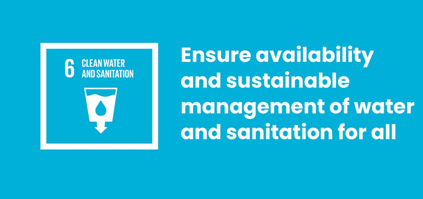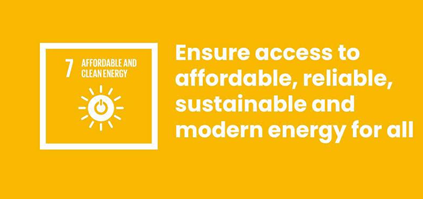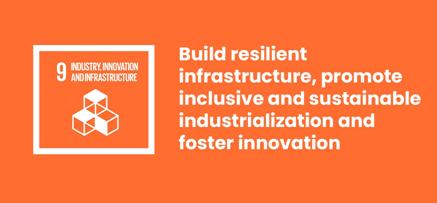Development Initiatives
UN Development Goal Support
Our initiatives directly support several of the United Nations Sustainable Development Goals (SDGs), including:

Goal 6 (Clean Water and Sanitation)
CEF designs and implements clean water systems that are specifically adapted to each community’s environmental conditions, population size, and cultural practices. These solutions ensure that even the most geographically isolated villages have safe, sustainable, and equitable access to clean water
Goal 7 (Affordable and Clean Energy):
Through carefully engineered, solar-powered electrification systems, CEF delivers renewable energy solutions that are affordable, reliable, and tailored for remote settings. Our designs prioritize zero-maintenance components and off-grid functionality, ensuring that communities benefit in the long term


Goal 9 (Industry, Innovation, and Infrastructure)
CEF builds transformative infrastructure in areas often excluded from national development plans. From solar-powered internet hubs to open-air market halls, our projects connect remote communities to vital digital, economic, and social systems. This infrastructure empowers local innovation, facilitates access to services, and drives inclusive economic growth in frontier communities
Critical components of our development initiatives
Infrastructure empowerment is CEF’s foundational pillar for sustainable development initiatives in rural and remote areas. Our development initiatives are designed to deliver transformative impacts through providing internet connectivity, electricity, and clean water management solutions. By laying this critical infrastructure, we build a robust foundation for local communities to achieve lasting economic growth, improved health outcomes, and self-sufficiency.
Clean Water Solutions
CEF recognizes that clean water needs differ greatly across isolated communities. Some communities lack basic water security, while others require portable or flexible solutions due to nomadic lifestyles or challenging terrains. We perform detailed evaluations prior to implementing any clean water project, ensuring each solution precisely addresses the unique requirements of every community we serve.
Electricity
Reliable electricity is foundational to any development initiative. For remote communities, electricity is transformative, extending productive hours beyond daylight, enabling education and healthcare improvements, and opening doors to new economic opportunities. CEF ensures communities receive sustainable electricity solutions tailored for minimal maintenance, allowing for over a decade of reliable operation without extensive upkeep. Our approach prioritizes renewable and sustainable energy solutions, designed specifically for long-term, maintenance-free usage.
Internet Connectivity
Internet connectivity, primarily through Starlink technology, is an essential component of our empowerment strategy. Reliable internet access enables schools and healthcare facilities to function more effectively, facilitates economic growth by connecting communities to wider markets, and strengthens social ties by reconnecting families separated by isolation. Internet access also enables communities to actively engage with the global economy, thereby unlocking unprecedented educational, healthcare, and commercial opportunities.

Community Empowerment Formula
CEF adheres to a rigorous, evidence-based initiative approach developed by our Chief Technology Officer, a PwC consultant. This method ensures our projects are sustainably funded and deliver the greatest possible impact.
CEF Community Empowerment Formula 2025
Our Most Recent Infrastructure Initiative:
Hupen Village
The 2024 Hupen Infrastructure Initiative is a community-driven development project by CEF, aimed at transforming one of Papua New Guinea’s most isolated regions through clean water, solar electricity, and internet connectivity. By delivering essential infrastructure tailored to the community’s terrain and needs, the initiative empowers long-term health, education, and economic resilience. It represents a scalable model for inclusive, sustainable development in hard-to-reach frontier areas.


